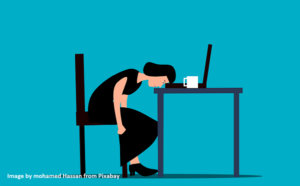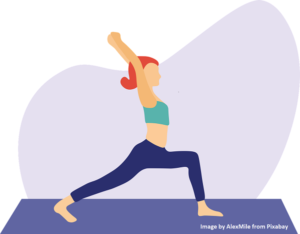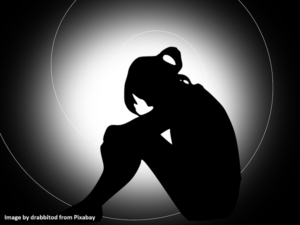 Premenstrual syndrome (PMS) involves symptoms that begin 7 to 14 days prior to the next menses and usually disappear when menstruation flow begins. A significant proportion of women experience PMS at some point in time; some more frequent than others. The severity can range from mild only to very severe form. Luckily, this is only seen in a small proportion of women. For some women, it may get worse as they age and will disappear once they reach menopause. However, during this transition period, it may overlap with the menopause symptoms.
Premenstrual syndrome (PMS) involves symptoms that begin 7 to 14 days prior to the next menses and usually disappear when menstruation flow begins. A significant proportion of women experience PMS at some point in time; some more frequent than others. The severity can range from mild only to very severe form. Luckily, this is only seen in a small proportion of women. For some women, it may get worse as they age and will disappear once they reach menopause. However, during this transition period, it may overlap with the menopause symptoms.
Symptoms and signs
- Physical changes such as fatigue, lack of energy, tender and/or swollen breasts, fluid retention causing puffiness in ankles, hands, and face.

- Dizziness or fainting, headaches.
- Digestive issues such as constipation, diarrhoea, bloating, heartburn, food cravings, increased appetite or overeating.
- Psychological symptoms – such as mood changes, pronounced tension, and anxiety, sleeping difficulty, depression, difficulty concentrating, less interest in work or the usual activities.
- Skin changes such as acne outbreaks.
- Sexual issues.
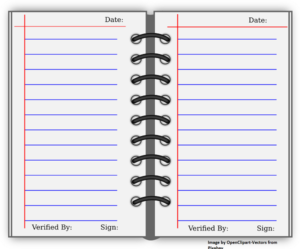 These are the common ones and there are many other symptoms that may be attributed to PMS as well. If you think you have PMS, you should keep track of your symptoms and assess the severity for at least 2 months. The use of the PMS symptoms diary is very useful and you can show this diary to the doctor during the consultation. It is a useful aid for the diagnosis and for assessment of response to treatment. You can download one example from this link.
These are the common ones and there are many other symptoms that may be attributed to PMS as well. If you think you have PMS, you should keep track of your symptoms and assess the severity for at least 2 months. The use of the PMS symptoms diary is very useful and you can show this diary to the doctor during the consultation. It is a useful aid for the diagnosis and for assessment of response to treatment. You can download one example from this link.
Causes
The cause is unknown but may be due to fluctuations in the circulating level of hormones in the regular menstrual cycles (especially oestrogen and progesterone). These fluctuations cause retention of sodium in the bloodstream, resulting in oedema in body tissues and contributing to some of the physical symptoms. There may be other contributing factors such as psychiatric, endocrinologic, diet, and changes in the chemical’s levels in the body (endorphin, serotonin, prostaglandin).
Risk increases with:
- Increased levels of stress.
- Caffeine and high fluid intake seem to worsen symptoms.
- Smoking may also intensify or increase symptoms.
- PMS increases with age.
- PMS can occur with other disorders such as depression.
Diagnosis
A physical examination and other investigations will be done to rule out other disorders. Diagnosis usually depends on a history of symptoms and their relationship to the menstrual cycle. Keeping a menstrual diary to monitor and record symptoms severity is helpful. This is also essential for diagnosis and assessment of improvement to treatment.
Prevention
No specific preventive measures but you can try to avoid stressful situations at the expected time of PMS. Support from close friends or spouse will be helpful.
Expected outcome
Lifestyles and behavioural modifications, with or without medications can adequately control PMS symptoms.
Complications
Physical and psychological symptoms may be severe enough to disrupt a woman’s life.
Treatment
- Treatment steps involve education and understanding of the problem faced by the woman. Begin a regular, aerobic exercise program (such as walking, biking, swimming etc) and learn relaxation techniques. These are beneficial in general and both are encouraged as part of stress reduction. Meditation or yoga may be helpful. If feasible, reduce activities during symptomatic days if it helps.
- Stop smoking.
- Get regular sleep.
- Cognitive behavioural therapy (CBT) may provide some relief for some women. This can be done concurrently with other therapy for more effective relief of PMS.
- Decrease salt intake during the premenstrual phase.
- Eat a balanced diet with plenty of fiber (fruits and vegetables), whole grains varieties, and food rich in calcium and vitamins B.
- Eat regular meals and snacks throughout the day. Skipping a meal may make you more miserable due to low blood sugar or hungry pang.
- Limit or abstain intake of alcohol, caffeine, and sodas.
- Keep well hydrated
Medications
These are used with varying degrees of success. Treatment should be individualized, based on the main presenting symptoms and the woman’s reproductive needs at that point in time.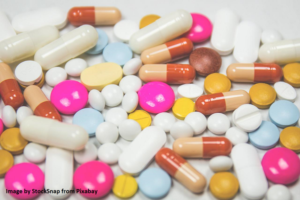
- Complementary medicine such as Vitex agnus castus (chasteberry) can be tried in mild PMS and can be effective in some women. There are also many vitamins and supplements that are popular as a treatment for PMS such as primrose oil (for breast tenderness), vitamin B6, calcium and vitamin D. These may be helpful in relieving a few symptoms but may not work for everyone. It is generally not prescribed as a routine. If you are taking any complementary medicine or supplements, please inform your doctor about it because some of these may interact with the prescribed medications. The role of acupuncture is still uncertain.
- Diuretics pills can help you to pass out more urine to reduce fluid retention.
- Pain medications such as paracetamol, ibuprofen or celecoxib.
- Medications are used to suppress the cyclical hormonal change and these include the combined oral contraceptive pills (COCs) and gonadotropin-releasing hormone agonists (GnRH agonist). COCs pills will be a good option for those who require contraception as well. Drospirenone-containing COCs are effective and licensed to be used for PMS. GnRH agonist injection will suppress the ovarian hormone production, leading to a state of low oestrogen or pseudo-menopausal state. However, for long term use, the oestrogen-progestin combinations pills need to be given as add-back therapy to avoid menopausal symptoms and estrogen-deficiency complications such as bone loss
- Selective serotonin reuptake inhibitors (SSRIs) are a group of drugs that target the serotonin system by increasing the level in the brain. Serotonin is one of the chemicals that is important in the transmission of signals between brain nerve cells (neurons). Elevated levels will improve the transmission of signals among the neurons in the brain and help to improve mood and sense of well-being.
Surgery
Surgery is the last resort. This is rarely required because generally, medical therapy is usually effective in relieving symptoms of PMS. This type of surgery is a major operation and will involve the removal of both ovaries and the fallopian tube, usually in conjunction with the removal of the uterus (hysterectomy).
You should see your doctor immediately if you have:
- You or a family member has symptoms of PMS that interfere with normal activities or relationships.
- Symptoms do not improve, despite treatment.
- New or unexplained symptoms develop. Medications used in treatment may produce additional new side effects.
To print a pdf copy, click HERE
[mailerlite_form form_id=3]

